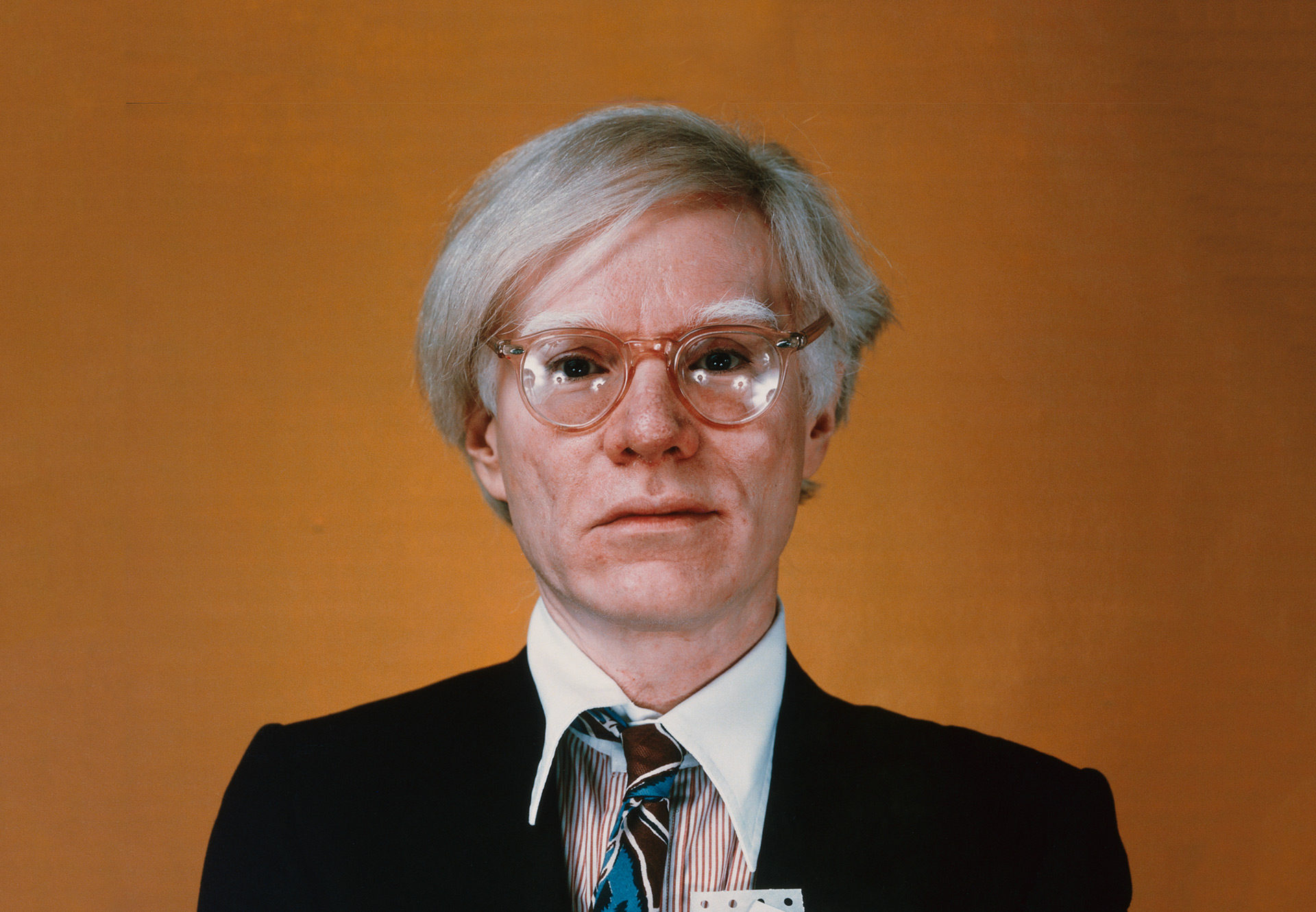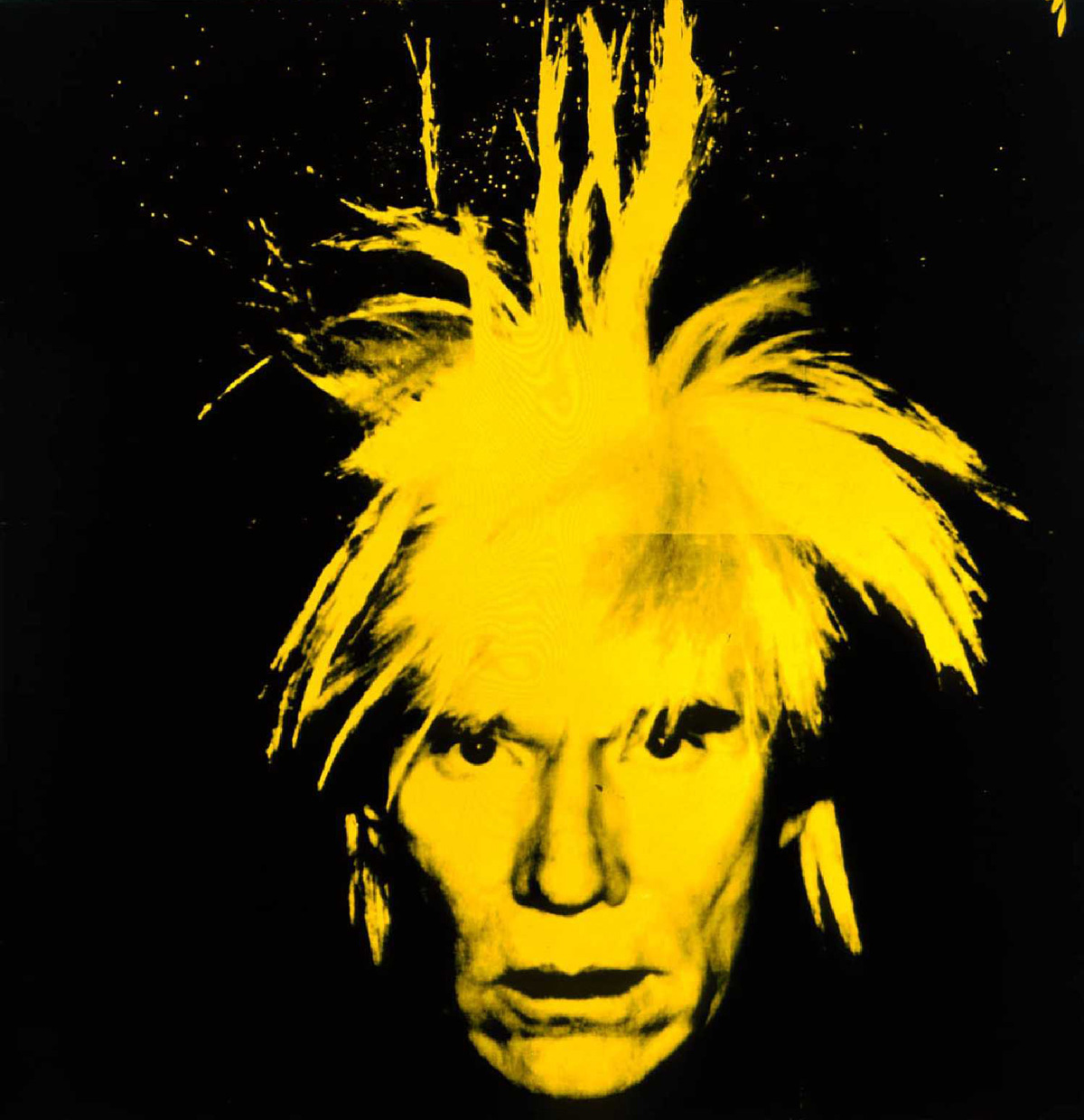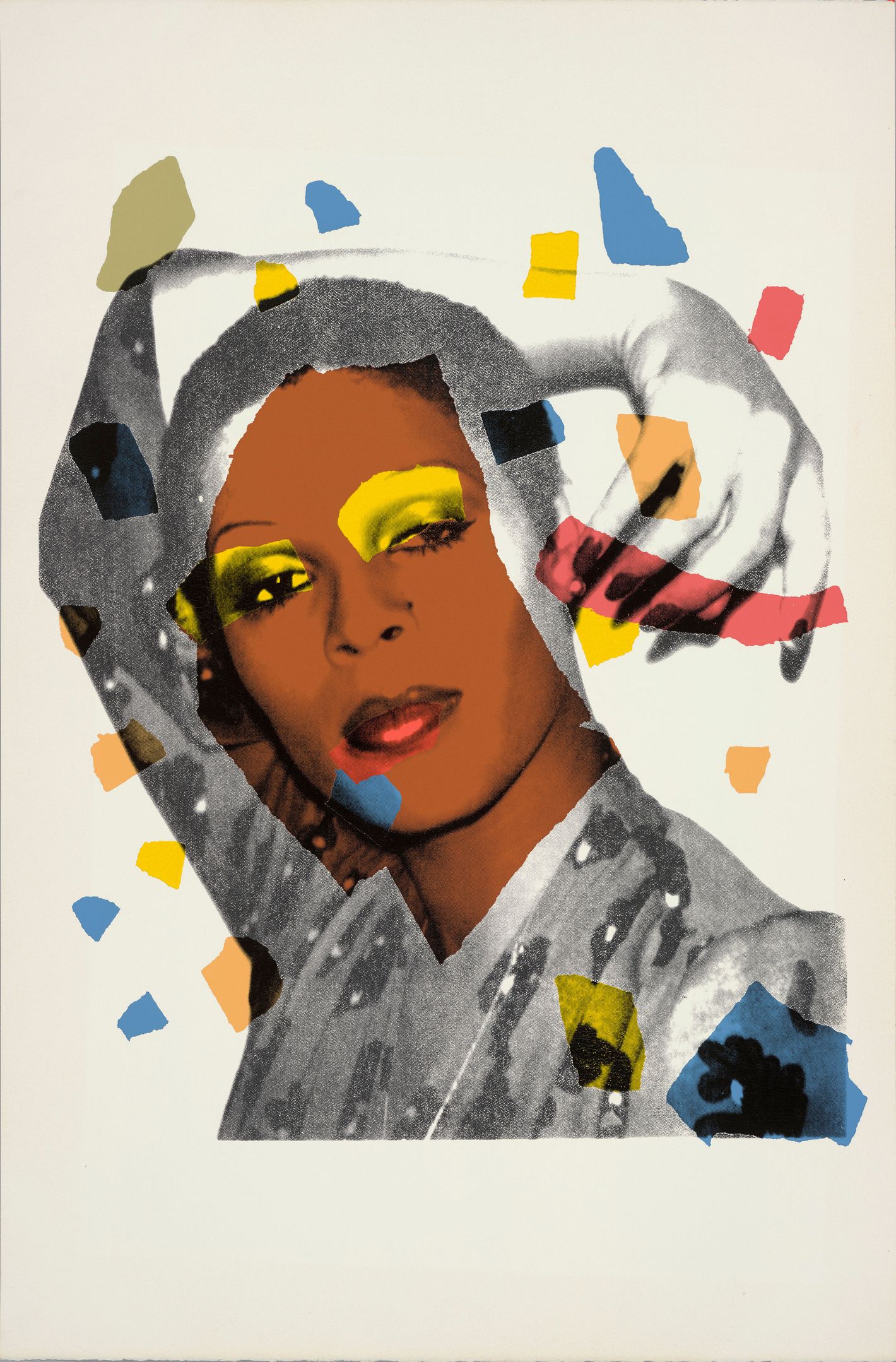Andy Warhol
Andy Warhol - A Look at His Lasting Influence
When you think about modern art, or maybe even just pop culture from the last century, a certain name likely pops into your head. It's almost as if he's become a symbol for a whole way of looking at things, really. This person, you know, had a knack for seeing the ordinary in a completely new light, turning everyday items into something quite thought-provoking. His work, you see, still gets people talking, making us think about what art can be and how it fits into our lives, which is pretty cool if you ask me.
His impact, you might say, goes well beyond the canvases he painted or the films he made. It's about how he shaped our collective imagination, how he taught us to question what's valuable and what's just, well, there. There's a whole lot to unpack when it comes to his creative output, and it still feels very relevant today, in some respects. People are still looking at what he did, and how he did it, to understand where we are now, culturally speaking.
So, we're going to take a bit of a stroll through the world he created, exploring some of the lasting marks he left behind. We'll look at the places that keep his memory alive, the ideas he explored, and even some of the more personal bits that give us a peek into his mind. It's quite a story, and you might find it pretty interesting to see how it all comes together, actually.
Table of Contents
- A Glimpse into Andy Warhol's Background
- What Came About After Andy Warhol's Passing?
- How Does The Andy Warhol Museum Share Andy Warhol's Story?
- What Did Andy Warhol's Writings Reveal About His Health Concerns?
- How Did Andy Warhol's Books and Artistry Break New Ground?
- Visiting The Andy Warhol Museum - What You Need to Know
A Glimpse into Andy Warhol's Background
Before we get too far into things, it's probably good to have a quick look at the person himself. Knowing a little about someone's beginnings can sometimes help us understand the things they created, you know? While our main focus here is on the impact he made and the places that keep his work alive, it’s worth noting that he came from a certain place and time, which, in a way, shaped his outlook on life and art. He was a person who, basically, saw the world in his own particular way, and that vision, you might say, changed a lot of how we think about art.
He was, in fact, a very unique individual. His approach to art was, for many, something entirely new, pushing the boundaries of what was considered acceptable or even possible in the art world. It’s pretty fascinating to consider how one person’s ideas can spread so widely and become so influential, still resonating with people today. So, to get a better handle on this creative force, here are a few basic details about him.
| Detail | Information |
|---|---|
| Full Name | Andrew Warhola Jr. |
| Known As | Andy Warhol |
| Birthplace | Pittsburgh, Pennsylvania |
| Occupation | Artist, Film Director, Producer |
| Art Movement | Pop Art |
What Came About After Andy Warhol's Passing?
It's interesting, isn't it, how someone's influence can actually grow even larger after they're gone? That's certainly what happened with Andy Warhol. After he passed away, there was a real effort to keep his ideas and his body of work present for everyone. You see, people wanted to make sure that his unique way of looking at the world, and all the art he made, would continue to be a part of our shared cultural conversation. It was, in some respects, a way to make sure his creative spirit lived on, still inspiring new generations.
This desire to keep his legacy vibrant led to some pretty significant things being put into place. It wasn't just about remembering him; it was about actively promoting the kind of art that he championed, and ensuring that future artists and thinkers would have a chance to engage with his contributions. So, a few key organizations were set up, which, you know, really helped solidify his place in history and keep his ideas circulating. It's quite a testament to the lasting power of his vision, actually.
The Andy Warhol Foundation and Museum's Purpose
One of the first big steps taken was the creation of a special group, called The Andy Warhol Foundation for the Visual Arts, Inc. This group, brought into being after his death, had a very clear aim: to help along the "advancement of visual arts." It was about giving a push to new ideas and helping artists find their way, much like Warhol himself did in his time. This foundation, you could say, acts as a sort of guardian for his artistic spirit, making sure that the things he cared about in art keep moving forward.
Then, a little later, in 1989, word came out about The Andy Warhol Museum. This wasn't just any museum; it was going to be a dedicated place to celebrate and explore everything about him. It's pretty amazing to think about how a single person's work could inspire such a grand project, a place where people could come and really get to grips with his story and his creations. It shows, in a way, just how much of an impact he had, and continues to have, on the art world and beyond.
How Does The Andy Warhol Museum Share Andy Warhol's Story?
So, you might wonder, what exactly does The Andy Warhol Museum do? Well, it's more than just a building with pictures on the walls. It really sets out to tell Andy Warhol's story, from his early days to his most famous works, and everything in between. It's like a big, open book where you can turn the pages of his life and see how his experiences shaped his creative output. This approach, you know, makes it feel very personal, allowing visitors to connect with the artist on a deeper level, which is something special.
Beyond just telling his life story, the museum also works to explore his lasting impact. This means looking at how his art changed things, how it influenced other artists, and how his ideas still matter in our world today. It's about understanding the ripple effect of his genius, if you will. The museum, basically, helps us see that his work wasn't just for his time; it has a way of speaking to us now, about things that are still very much a part of our daily lives, which is quite powerful.
A Vast Collection of Andy Warhol's Creations in Pittsburgh
A huge part of how the museum does all this storytelling and legacy-exploring comes from what it holds inside. It has, you see, the largest group of Andy Warhol's art and all sorts of papers and records anywhere in the world. This means you can find a truly incredible number of his paintings, drawings, prints, and even personal items, all in one spot. It’s pretty overwhelming, in a good way, to be surrounded by so much of his creative output, giving you a really full picture of his artistic journey.
And where is this amazing place, you might ask? Well, it's in Pittsburgh, Pennsylvania. This is actually a very important detail, because Pittsburgh is the place where Andy Warhol first came into the world. So, having the biggest collection of his works and all his old papers right there, in his home city, feels very fitting. It's like his spirit, in a way, is still very much connected to the place where he started. The museum, as a matter of fact, really leans into this connection, making the experience even more meaningful for those who visit.
We are, you know, one of the most important places for anyone wanting to learn about this artist. The museum is set up to be a spot for scholars and anyone curious to dig into his life, his art, and how relevant he still is to what's happening in culture right now. With even more ways to look at the things it holds, it really is a central point for understanding his lasting influence. It’s pretty neat how much information and inspiration you can find there, honestly.
What Did Andy Warhol's Writings Reveal About His Health Concerns?
Sometimes, when you look at an artist's personal writings, you get a glimpse into their private thoughts and fears. This was certainly the case with Andy Warhol's diaries. They offer, you know, a very personal window into his inner world, showing us things he might not have shared so openly otherwise. It's quite striking to read about his more vulnerable moments, especially when it came to his worries about health. These writings, basically, give us a different side of the public figure we often imagine.
In these diaries, there are several mentions of something referred to as "gay cancer." This term, you see, was used during a time when there was a lot of fear and little understanding about AIDS. What's particularly telling is how Warhol, in each of these eight mentions, expressed a deep worry about getting the disease. He feared catching it even from the most casual of meetings with people, which, you know, really highlights the widespread anxiety and lack of clear information that was around at that time. It paints a rather poignant picture of his personal struggles with the health crisis of the era, honestly.
It shows, perhaps, that even someone as seemingly detached or cool as Warhol had very human fears. The way he wrote about these worries, even about simple encounters, speaks to a time when fear was very real and very present for many. It's a reminder, in a way, that even public figures have their own private battles and anxieties, which is something we can all relate to, basically. These diary entries, you know, add another layer to our picture of him, making him feel a bit more, well, human.
How Did Andy Warhol's Books and Artistry Break New Ground?
Andy Warhol wasn't just about painting and prints; he also played around with books in a way that was pretty ahead of its time. He had a knack for trying new things, and his work with books is a really good example of that. It shows, you know, how he was always pushing the limits of what art could be, even when it came to something as traditional as a book. He truly had a unique vision for how different forms of expression could come together, which was, in some respects, quite visionary.
One of his more notable creations in this area is something called "Andy Warhol's Index (Book)." This piece, you might say, is a really interesting mix of brilliance and, well, a bit of everything thrown in. It was, in fact, a kind of early look at what we now call multimedia platforms. Before the internet, before so many of the ways we share information today, he was already thinking about how different types of content could be combined. It’s pretty wild to consider how forward-thinking he was, honestly.
The "Index" and Insights from Andy Warhol's Screenprints
This "Index" book was, basically, one of the first of several books he made that really challenged what a book was supposed to be. It wasn't just pages of text; it was an experience, a collection of images and ideas that didn't fit into a neat box. This groundbreaking approach, you know, set a new standard for how artists could use the book format, making it into something much more interactive and varied. It showed, in a way, that he was always looking for new ways to get his message across, using whatever tools were at hand.
Beyond his books, Andy Warhol's screenprints are another big part of his artistic story. Looking at these prints gives us a real peek into how he made his art and how he used this particular method to explore ideas that kept popping up throughout his career. He would often take familiar things, like soup cans or celebrity faces, and turn them into art using this technique. It’s pretty fascinating to see how he could take something so common and, through his process, make us look at it in a totally fresh way, which is, basically, what he was all about.
These screenprints, you know, really show his cleverness. They highlight how he could take a simple process and use it to talk about big ideas, like fame, consumerism, and how we see the world around us. It’s like he was using a very direct way of making images to get us to think about some pretty deep stuff. So, if you ever get a chance to see his screenprints up close, you’ll likely find them very thought-provoking, actually, seeing how he played with repetition and color to make his points.
Visiting The Andy Warhol Museum - What You Need to Know
If all this talk about Andy Warhol has made you want to see his work up close, you're in luck! The Andy Warhol Museum is a place you can visit to experience all of this firsthand. It's set up to be quite welcoming, and there are a few simple things to keep in mind if you're planning a trip. It's pretty straightforward, and they've made it easy for people to come and enjoy the art, which is, you know, what museums are all about.
When it comes to getting in, you can pick up your tickets beforehand online, which is often a good idea to save time. Or, if you prefer, you can just buy them right there at the museum when you arrive. It’s really up to you, and both ways are pretty simple. And, if you happen to be a member of the museum, you get to come in for free, all year long! That’s a pretty nice perk, if you ask me, allowing you to visit as often as you like, which is, basically, a great way to really get to know the collection.
Also, if you're looking for a special time to go, you might want to check out their "Good Fridays." Every Friday, the museum stays open later than usual, sometimes until 10 in the evening. This gives you a chance to experience the art in a different light, perhaps after work or with friends, making for a nice evening out. It’s a pretty cool way to make the museum more accessible for everyone, offering more opportunities to explore his amazing creations, honestly. We are, you know, one of the most visited places of its kind, and it’s easy to see why once you step inside.

Biografía y obras: Warhol, Andy | Guggenheim Museum Bilbao

Andy Warhol - Illustration History

See Photos From 'Andy Warhol Prints': His Most Colorful Art